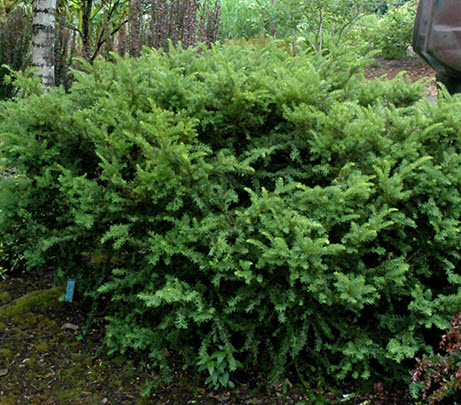Click below to listen to my 2 min. Garden Bite radio show: Planting slopes
Audio PlayerOh boy… can’t wait to push the mower up that!

There’s got to be a better way! And there is…but it ain’t easy.
You’re looking for plants to prevent soil erosion and yet the site is usually difficult to work on for anything including maintenance. Adding a mix of shrubs, grasses, perennials and hardscape items is work, but worth it. Think about your budget too!
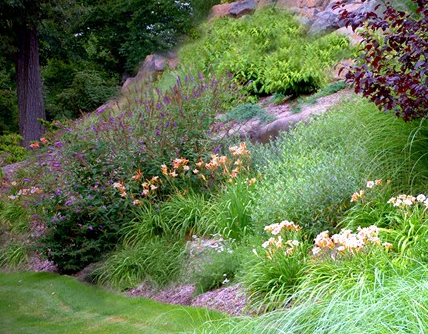
This is a great article from Midwest Gardens on planting slopes. The hows and the whys with some practical steps.
If you don’t mind a wilder look, there are some native grasses that look great. Think of the habitat you’re providing!! Another great thing about the “wilder” look is they are natives and need far less attention.
Sideoats grama , is the smallest of the grasses I would suggest at 1 to 2 feet tall, it has pretty seed stalks that hang to one side.
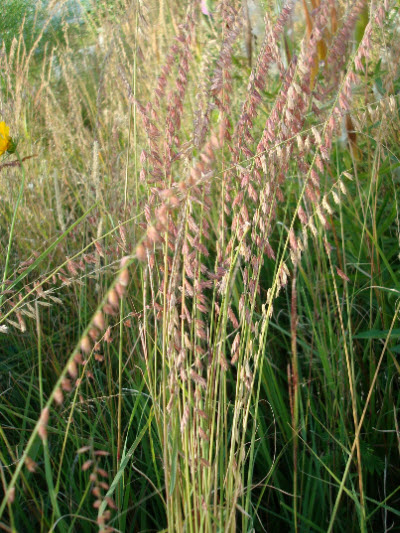
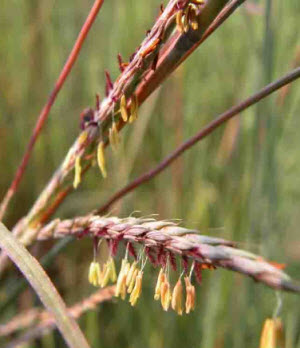
Canada wild rye grows 2 to 4 feet tall and spreads quickly by self seeding, it also has a pretty drooping seed head.
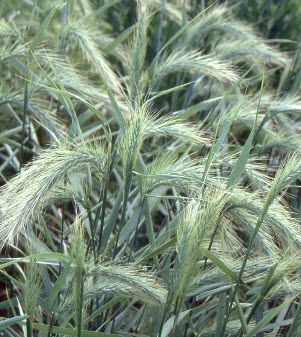
In the shrub department, fragrant sumac is an option, it spreads easily and has pretty fall color. Gro-Low sumac is a good choice if you want spreading. A favorite of the highway department is the burning bush, it grows 4 to 8 feet tall, has great looking bark and stunning fall color.
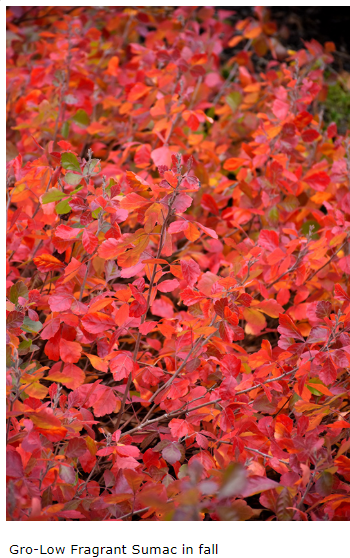
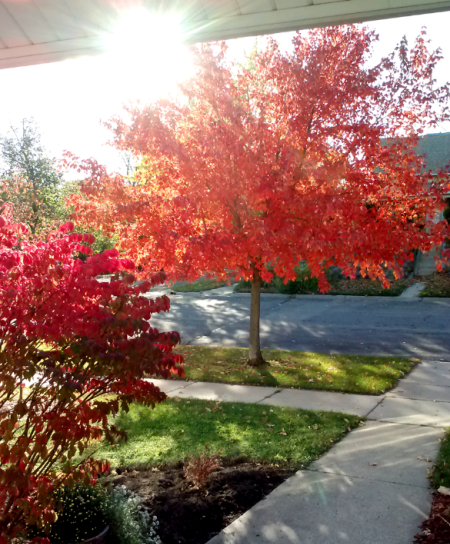
As I said, the Burning Bush did suffer from issues the last couple of years, I lost my one and only. Also it’s been labeled as one NOT to plant, however, I talked with a local nurseryman who thinks it’s still a great choice.
For sun or shade, the Taunton yew grows 3 to 5 feet tall and spreads easily. This is one tough shrub. However, yews leaves, branches and fruit are toxic to animals and humans. Although most people and pets are not really interested in eating it.
